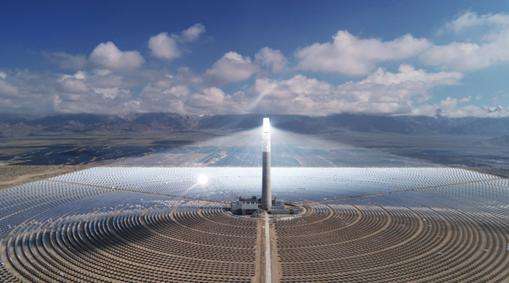Haha, if the parameters are not high, the quality of the added water will not be much better. The discharge rate of the waste heat boiler can be 5-10%, and the high settings can only be 2-3%. , generating 1 ton of steam, 1.03 to 1.1 tons of softened water or demineralized water are required. Preparing softened water or deionized water from raw water depends on the process. Water consumption ranges from 1.05 tons to 1.5 tons. Therefore, the entire system requires an estimated consumption of 1.1 to 1.6 tons of water per ton of steam.
The impact of increasing oil and water temperatures on the operation of waste thermal energy production
Yes, waste thermal energy production is a technology that converts excess thermal energy into electrical energy during production. process. The production of residual thermal energy not only allowst saves energy, but also benefits environmental protection. The important equipment for the production of waste thermal energy is the waste heat boiler. It uses heat or combustible substances present in waste gases, waste liquids and other working fluids as a heat source to produce steam for electricity generation. Since the temperature of the working fluid is not high, the boiler is large and consumes a lot of metal. Waste heat used for power generation mainly includes: waste heat of high temperature combustion gases, waste heat of chemical reactions, waste heat of waste gases and waste liquids, low temperature waste heat (lower at 200°C), etc. Additionally, there are also methods that use excess pressure difference to produceelectricity; for example, blast furnace gas has high pressure at the top of the furnace and can be relayed to produce electricity via an expansion turbine generator before being sent to the gas users
L Does water in the waste thermal power water tank come from the condenser
The impact of rising oil and water temperatures on heat production operations residual thermal energy. By querying the thermal power generation operation information display when the oil temperature and water temperature increase, it means that the oil temperature and water temperature of the diesel generator exceed 90°C when these two temperatures are too high at the same time. This will affect the normal operation of the diesel generator and cause trouble. Diesel generators pose certain dangers and can reduce temperatureses.
What is the principle of producing residual thermal energy?
Yes.
In the waste thermal power generation process, pure water is pumped from the feed water pump to the hot water well of the condenser, merged with the steam worn after work and pumped into the bottom-outlet collector of flash evaporator under pressure and outlet by Convergence condensate pump.
The water injection tank supporting the 450 square meter sintering waste thermal power generation steam turbine is used to supply cooling water to the sintering pump. water in order to maintain the condenser operating in a high vacuum state and to better improve it. the efficiency of the steam turbine requires The cooling water in the water injection tank must be constantly replaced.
The basic principle of thermal power generation technologyThe residual water is to use softened water at about 30°C for the deaerator, then pressurize it with a water pump and enter the economizer of the waste heat boiler of the furnace head, and to heat with saturated water to about 190°C, divided into two paths, one enters the steam drum of the waste heat boiler of the furnace head, the other enters the steam drum of the waste heat boiler from the tail of the furnace, then passes in turn through the evaporator of each boiler. The superheater generates superheated steam of about 1.2 MPa and 310°C, then enters the steam turbine after convergence to do work, or to discharge the saturated steam and feed it into the steam turbine to facilitate the execution of the work. work, the spent steam enters the condenser, and the condensed water and additional deionized water are deaerated by the degasser before entering the thermodynamic cyclefollowing.














